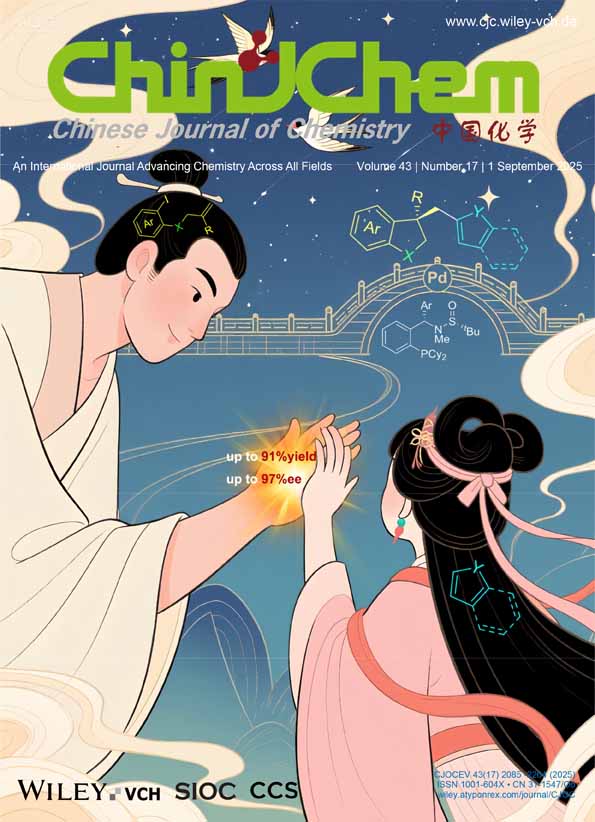The structure of koumine†
Communication published on J. Amer. Chem. Soc. 103, 4634 (1981); See also: <Chemistry of Natural-Products—The Proceedings of Sino-American Symposium on Chemistry of Natural Products>, Science Press, Beijing-Gordon and Breach, New York, 1982 p. 171–176.
Abstract
The structure and relative configuration of koumine, the principal alkaloid of Gelsemium elegans Benth, has been determined as 2 by chemical and spectroscopic studies. The location of the etheral oxygen in koumine was established by reductive cleavage of 2 into dihydrokouminol (4) and the relative position of the basic nitrogen atom N(b) with respect to the vinyl group was elucidated via transformation of N (a)-acetyl-dihydrokoumine (5) into amine 6 by means of oxidation with aqueous permanganate and subsequent decarboxylation. iso-Dihydrokoumine (7) was oxidized with potassium permanganate in acetone to yield a neutral product 8 and a basic product 9 from which structural informations regarding the other side of N (b) were obtained. A series of 1H NMR decoupling experiments then led to the carbon skeleton of koumine. The relative configuration of 2 was determined by 1H NMR analysis aided by Dreiding model construction, and the proposed stereo structure of koumine has been confirmed by two indepentent X-ray diffraction studies, one of which also established the absolute configuration of koumine as shown in 2 and in Fig. 1. The detailed 1H and 13C NMR data of koumine and its derivatives are given in Tables 1—3 and the rationalization of the probable pathway of the MS fragmentation of koumine and its derivatives 8,9,4 and 3 are presented in Schemes 1—3.




